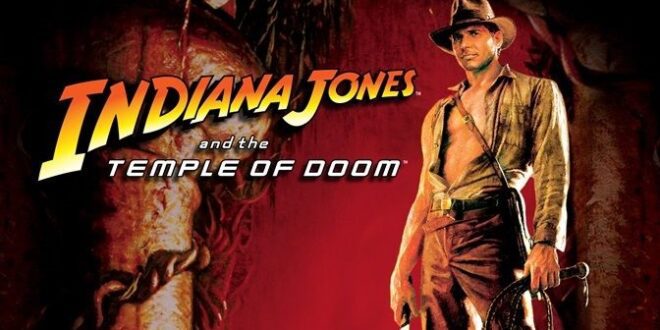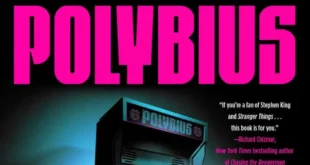In case you’ve lived under a rock, Indiana Jones and the Temple of Doom is a 1984 action-adventure film directed by Steven Spielberg and produced by George Lucas, and the second installment in the Indiana Jones franchise. It serves as a prequel to Raiders of the Lost Ark but doesn’t have the sort of origin story baggage that some prequels arrive with. The film was written by William Huyck and Gloria Katz, also known for projects like cult horror classic Messiah of Evil.
The story is set in 1935, one year before the events of Raiders of the Lost Ark, and that’s the only thing that technically makes it a prequel. The globetrotting film begins with Indiana Jones (Harrison Ford) narrowly escaping the villainous Lao Che (Roy Chiao) in Shanghai. It’s no mere nightclub brawl, either, as Lao Che almost successfully ices Indy!
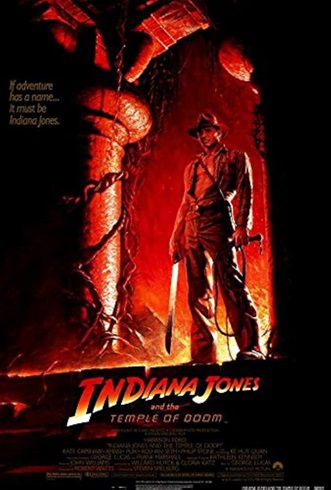
The Main Characters and Plot of Indiana Jones and the Temple of Doom
Alongside Jones are his young sidekick Short Round (Ke Huy Quan) and a nightclub singer named Willie Scott (Kate Capshaw). Their incredible escape from a crashing plane leads them to a remote Indian village where the villagers believe evil spirits have taken their children and a sacred stone. The villagers aren’t far from the truth, either.
Indy, Willie, and Short Round discover that a brutal Thuggee cult led by the sinister Mola Ram (Amrish Puri) is behind the abductions and the theft of the stone (this film’s mystical element). The fiendish cult performs human sacrifices and is intent on finding five magical stones to gain immense power. To be fair, wouldn’t you do that if you could? … Oh, you wouldn’t?!! Nevermind! Pretend you didn’t read that. Everything is fine!
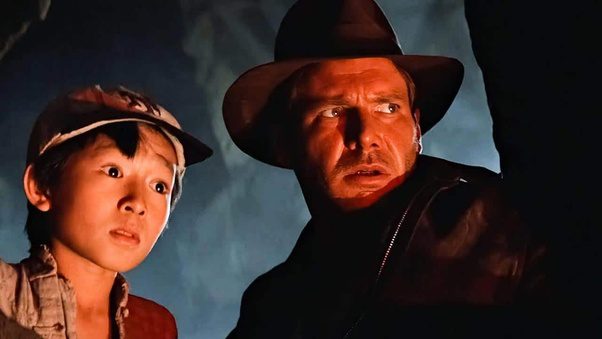
Themes and Style
The film is darker and, in some ways, more directly intense than its predecessor, featuring themes of child slavery, human sacrifice, and black magic. Now, I already know some would scoff at how this might be too much for “modern audiences,” but that’s a trifle unfair. The film was always a bit controversial. Its tone (including the gross-out dinner scene) and graphic violence led to significant controversy and contributed to the creation of the PG-13 rating by the MPAA (the other cinematic culprit for that change was Gremlins).
The Kick-Ass Cast
Harrison Ford shines as Indiana Jones, the adventurous archaeologist and protagonist. Much like with Robert Englund and Freddy Krueger, it’s fair to say that Ford is pretty much synonymous with the role (though, in my opinion, River Phoenix actually did a decent job in depicting a young Indiana Jones).
Kate Capshaw was fine as Willie Scott. The glamorous and often comedic damsel in distress might annoy some, but I’m one of those people who’s like “Yeah, well, you know what? People like this actually do exist in the real world.” Plus, what about Marcus Brody (Denholm Elliott), from Raiders, who was intelligent enough but depicted as a bumbling dufus in Last Crusade? Couldn’t he have been depicted as a less flawed character, too?
So yes, critics might complain that Willie isn’t as courageous as the previous film’s Marion (Karen Allen). However, I’ve also seen arguments online about how her being afraid makes her more interesting, as she must overcome stronger emotions as she faces obstacles (and hey, there’s something to that argument — she sure faces a lot of crazy shit!).
And what can be said about Ke Huy Quan as Short Round? He’s Indiana’s loyal and resourceful young companion, and he absolutely proves his value in this movie, plenty of times. Many people also know the actor as Data in The Goonies (1985).
Last, but far from least, in the film’s main cast is Amrish Puri as Mola Ram. The menacing high priest of the Thuggee cult and betrayer of Shiva, Mola Ram is a memorable villain, for sure!
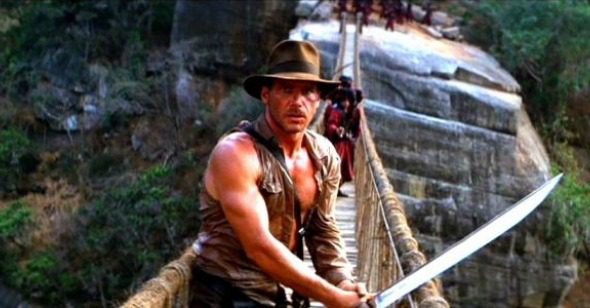
Production Notes
Temple of Doom was filmed in various locations including Sri Lanka, Macau, and sound stages in the United Kingdom. The film’s intense action scenes, elaborate sets, and groundbreaking special effects were noteworthy at the time of its release, and this is indeed on of Dr. Jones’ most daring adventures.
Reception and Legacy
The movie received mixed to positive reviews upon its release, and that’s understandable, as every movie, song, TV show, and pie recipe has its critics. While praised for its thrilling action sequences, it was also criticized for its darker tone and perceived cultural insensitivity.
Despite the controversy, the film was a commercial success, grossing over $333 million worldwide, and standing as one of the best ever, potentially highly offensive films wherein characters misrepresent cultures by eating chilled monkey brains and live snakes. That is not common dietary practice in the country of India — and I lived with college students from India for two months, and never saw this sort of thing on the dinner table (though, as the saying goes: Don’t knock it ’til you’ve tried it!).
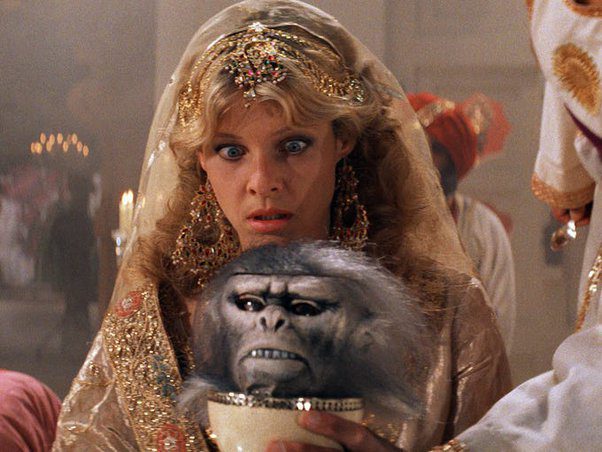
Indiana Jones and the Temple of Doom remains a significant entry in the Indiana Jones series. It has been both celebrated and heavily critiqued over the years, but its influence on the adventure genre and its role in shaping movie rating systems are undeniable. The character of Short Round has become a fan favorite (despite some finding fault with him), and the film’s legacy endures through its thrilling action, memorable characters, and iconic moments.
Indiana Jones and the Temple of Doom is a pivotal film in the Indiana Jones series, known for its adventurous spirit, darker themes, and lasting impact on popular culture. Personally speaking, it’s tough to say if it’s better or worse than Raiders of the Lost Ark. Either way, I like it well enough despite some of its flaws, and I am not alone in feeling that way about it. Granted, I still favor Willow over this film, as it’s more of an underdog story, but Temple‘s memorable action scenes are hard to hate.
Fun Facts
- Kate Capshaw, who played Willie Scott, later married Steven Spielberg.
- The film’s darker tone was partly influenced by both Spielberg and Lucas going through personal difficulties at the time. Spielberg himself later stated the movie is “too dark, too subterranean, and much too horrific.” However, for some of us, that just emphasizes how much was at stake for the heroes to emerge victorious. Right?
- The opening musical number, “Anything Goes,” was performed in Mandarin by Kate Capshaw.
- The film was temporarily banned in India, presumably due to the offensive and gross dinner scene, along with other reasons.
Now, if you’ll excuse me, all this talk of food has made me hungry (and yes, I know the monkey brains have to be chilled first; only a fool or an outright novice would prepare their monkey brains unchilled!).
 PopHorror Let's Get Scared
PopHorror Let's Get Scared
